The gossamer-winged butterflies – sometimes called gossamer-wings – are in the family known as
Lycaenidae, are a large group of butterflies found all over the world (over 5000 species), and they also happen to be some of the smallest of butterflies. Most of them share characteristics such as rear-facing eyespots on the back of the wings wings – presumably to trick predators into biting the less fatal parts of the wings instead of the head or body (many that I do see in the wild have ragged winds at the rear) or short, thin “tails”, also at the rear part of the wing. They also happen to be some of the most maddening and frustrating to get on camera because they are so quick, and rarely sit still more than a fraction of a second.
.
One unusual characteristic of most gossamer-wings is that they have a habit of rubbing their hind-wings back and forth when perched, and this can regularly be seen when they have found a nice host wildflower in a sunny spot of their habitat.
.
The following 25 images in this post that I’ve photographed from one corner of North America to the other will show three different groups (tribes) of the gossamer-wing family: the hairstreaks (tribes Theclini and Eumaeini), blues (tribe Polyommatini), and the coppers (tribe Lycaenini).
The Hairstreaks (tribes Theclini and Eumaeini)
Many of the hairstreaks are very hard to discern the exact species, but a good field guide and some patience will usually help the butterfly-chaser figure it out. Hairstreaks are the most common and numerous of North America’s gossamer-wings, and are most often associated with tropical/sub-tropical habitats or warmer climates. Most of them have both eye-spots, red and/or blue splotches and “tails” on their wings. They can range from silver, to orange, brown or even green in color, and are often seen perched on wildflowers with their wings held closed above their backs, although some species prefer to rest with wings outstretched. Correctly identifying the species of plant that each type visits and in which it lays its eggs on is a great indicator on what species of hairstreak you are looking at.
~ click any image to enlarge or for more information ~

Red-Banded Hairstreak (Calycopis cecrops)
One of Florida’s most beautiful hairstreaks – the tiny red-banded hairstreak is found often in rural fields and oak hammocks. This one was found in Naples, Florida.

Mallow Scrub Hairstreak (Strymon istapa)
The uncommon mallow scrub hairstreak seen here in the CREW Marsh Hiking Trails in Collier County, Florida is often found near palmettos and other pine scrub plants.
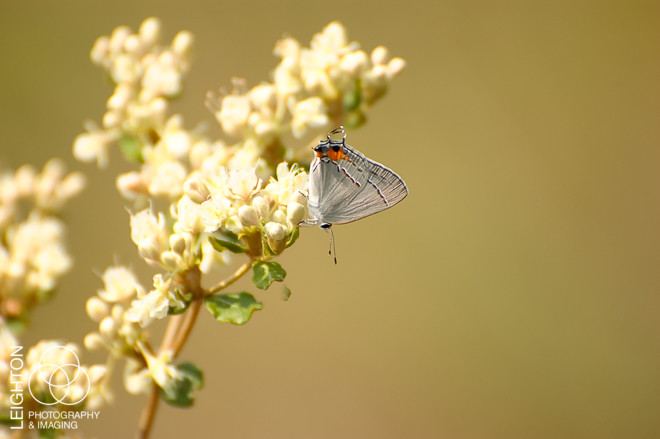
Gray Hairstreak (Strymon melinus)
A grey hairstreak feeding on wildflowers in North Florida’s Apalachicola National Forest.
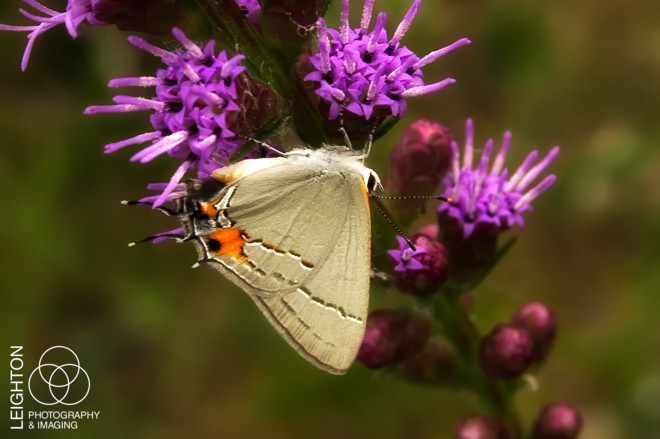
Gray Hairstreak (Strymon melinus)
A gray hairstreak pauses on an unidentified species of liatris in the Fakahatchee Strand in Collier County, Florida.

Gray Hairstreak (Strymon melinus)
Gray hairstreak in the Celery Fields of Sarasota County, Florida. This is an AMAZING place to search for butterflies … they are everywhere in every shape, size, and color!

Gray Hairstreak (Strymon melinus)
Gray hairstreak butterfly feeding on a blazing star wildflower in the CREW Marsh Hiking Trails in Collier County, Florida.
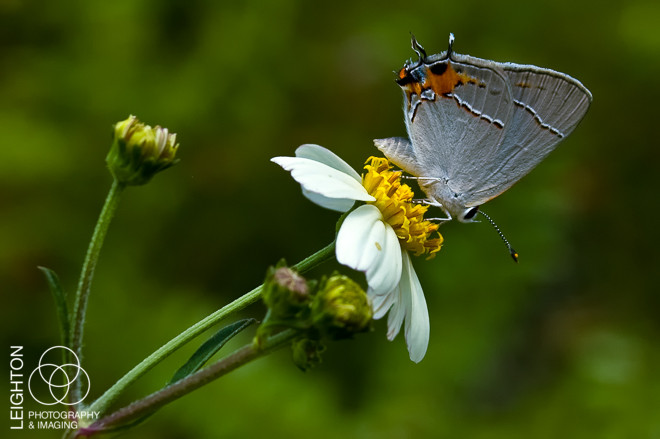
Gray Hairstreak (Strymon melinus)
Gray hairstreak in the Fakahatchee Strand (northwestern Florida Everglades) in the middle of summer. Roadside wildflowers attract thousands of these little butterflies every morning!
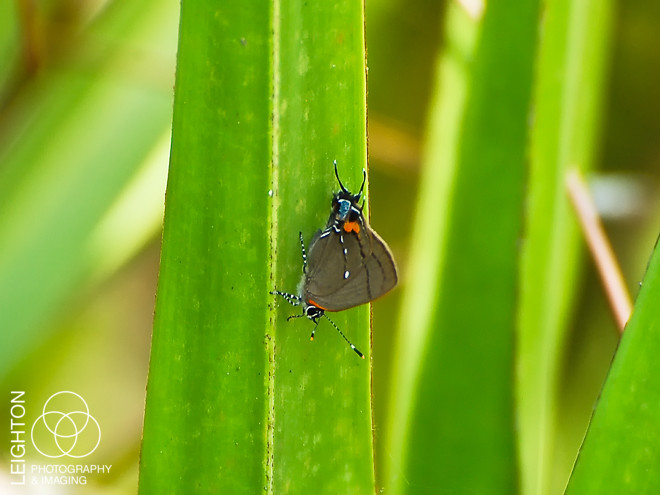
Fulvous Hairstreak (Electrostrymon angelia)
Fulvous hairstreak resting on a palmetto frond in the CREW Marsh Hiking Trails in Collier County, Florida. This is one of the most beautiful of all the hairstreaks!

California Hairstreak (Satyrium californica)
A California hairstreak feeds on a narrowleaf milkweed in the Columbia Gorge, just on the Washington side, north of the Columbia River. Although it is most common in the state of California, it can be found throughout most of the central western states from the Pacific Coast westward to the Rocky Mountains.
The Blues (tribe Polyommatini)
The blues are much like the hairstreaks, but (as you may have guessed) they all have vivid bright to pale blue upper sides of the wings, and are found generally more northerly than the hairstreak gossamer-wings. While many can be found in the tropics alongside their cousins, blues can be found all the way north to the arctic. One very interesting behavior I have seen countless times over the years are groups of them gathering at puddles (both muddy and clean) or on patches of wild peas (especially noted one time in Sarasota, Florida). Sometimes it will be only one species, and other times it will be not only other species of blues, but other families of butterflies as well.
Western Pygmy Blue (Brephidium exilis)
Touted as the world’s smallest butterfly (at least this is true in North America) this one was one of hundreds I found at late dusk in the Moab Desert all seemingly asleep among a few bushes on the side of the road in Arches National Park in Eastern Utah. The wingspan at best is half an inch.
Acmon Blue (Plebejus acmon)
An acmon blue butterfly pauses for a moment on an antelope-brush on a chilly late spring morning in Central Washington, just south of Naches.
Western Pygmy Blue (Brephidium exilis)
Touted as the world’s smallest butterfly (at least this is true in North America) this one was one of hundreds I found at late dusk in the Moab Desert all seemingly asleep among a few bushes on the side of the road in Arches National Park in Eastern Utah. The wingspan at best is half an inch.
Western Pygmy Blue (Brephidium exilis)
An incredibly tiny western pygmy-blue sits motionless in a shrub on a hot summer evening in the Moab Desert in Eastern Utah.
Western Pygmy Blue (Brephidium exilis)
A rare view of the opened wings of a live western-pygmy-blue in Utah’s Moab Desert. Touted as the world’s smallest butterfly (at least this is true in North America) this one was one of hundreds I found at late dusk in Arches National Park in Eastern Utah. The wingspan at best is half an inch.
Boisduval’s Blue (Aricia icarioides)
Close-up view of a Boisduval’s blue (Icaricia icarioides), a small member of the gossamer-wing butterfly family collecting moisture from the edge of a creek in Kittitas County, Washington.
Boisduval’s Blue (Aricia icarioides)
A pair of Boisduval’s blues, land briefly just after a summer rain in the hot, arid sagebrush country of Kittitas County, Washington. This shot shows both the forewing, and the hindwing.
Boisduval’s Blue (Aricia icarioides)
A super-energetic group of silvery blues, drink up water quickly after a summer rain in the hot, arid sagebrush country of Kittitas County, Washington.
Boisduval’s Blue (Aricia icarioides)
A pair of Boisduval’s blues, land briefly just after a summer rain in the hot, arid sagebrush country of Kittitas County, Washington. This shot shows both the forewing, and the hindwing.
Ceraunus Blue (Hemiargus ceraunus)
A pair of ceraunus blues creating the next generation of butterflies in the Celery Fields of Sarasota County, Florida.
Acmon Blue (Plebejus acmon)
A male acmon blue butterfly in Central Washington drinks moisture from the mud after a soaking summer rain in the rural canyons south of Yakima, Washington.
Acmon Blue (Plebejus acmon)
Side-view of an acmon blue butterfly in Central Washington in bright late-afternoon sunlight. This tiny butterfly has a wingspan of just over an inch.
Cassius Blue (Leptotes cassius)
The minute and exceedingly frustrating to photograph Cassius blue feeding for a moment to feed on the nectar of a common beggar-tick flower in Estero, Florida.
Ceraunus Blue (Hemiargus ceraunus)
Male Ceraunus blue butterfly photographed in Sarasota County, Florida in an overgrown and formerly agricultural area which has been converted to a wildlife sanctuary.
Cassius Blue (Leptotes cassius)
The tiny and beautifully detailed cassius blue in close-up. These fast fliers are very difficult to catch standing still. This one was found in Estero, Florida.
The Coppers (tribe Lycaenini)
The coppers are mostly (but not only) found in the northwestern part of North America, and a group that I’m personally not that familiar with. Like other hairstreak and blue gossamer-wings, they are small, have an erratic flight pattern, and are often seen resting for fractions of a second on wildflowers particular to their species. They do resemble blues, but with more orange and brown coloration rather than blue. This upcoming spring I will be making a better effort to find more types of coppers and get them on camera.
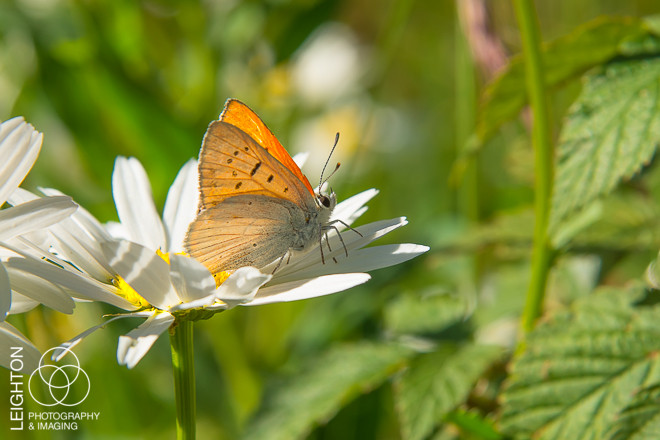
Ruddy Copper
A beautiful white and orange male ruddy copper butterfly rests on a local aster in the White River National Forest near Aspen, Colorado below the the Rocky Mountain’s Maroon Bells on a sunny summer morning.
Sharing and commenting via the social media links below will help me greatly, and is much appreciated.
Thank you in advance!
ALL IMAGES ARE AVAILABLE FOR PRINT OR DIGITAL DOWNLOAD. JUST CLICK ON THE IMAGE AND ADD TO CART.



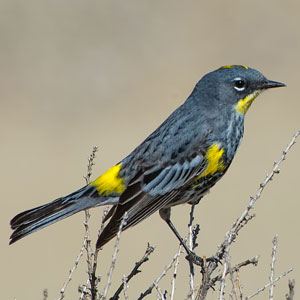





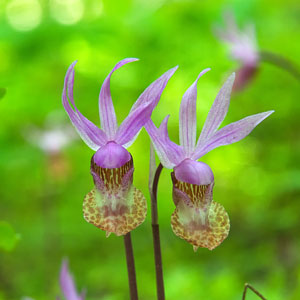

















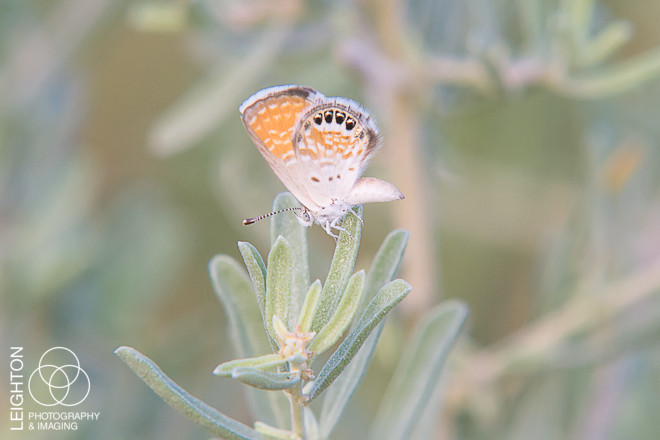


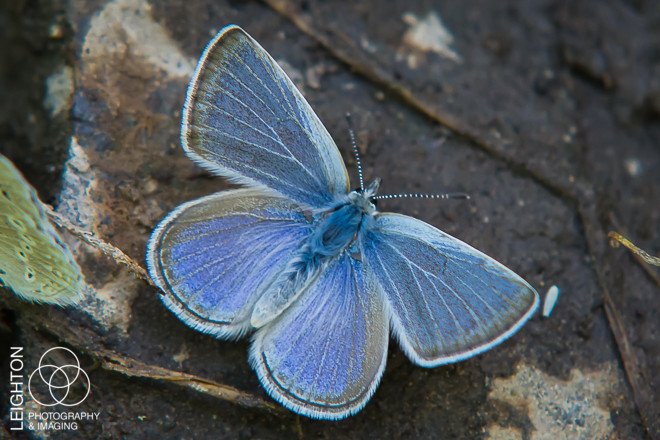

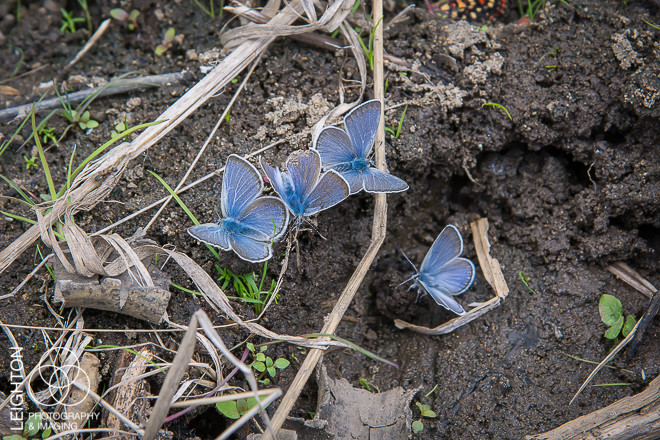
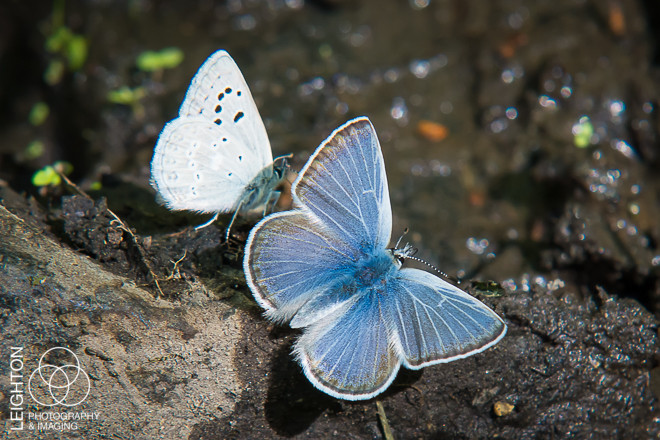

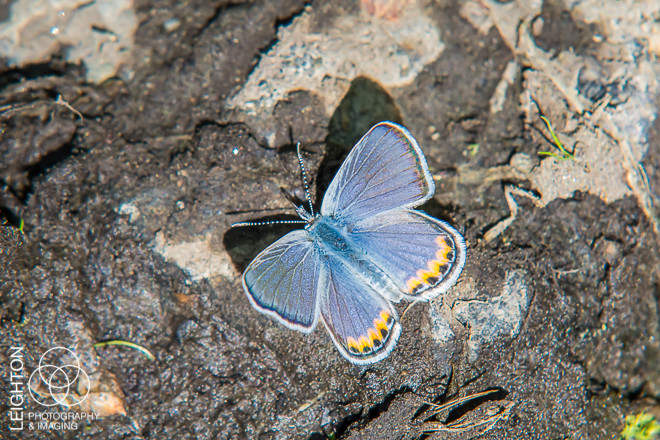
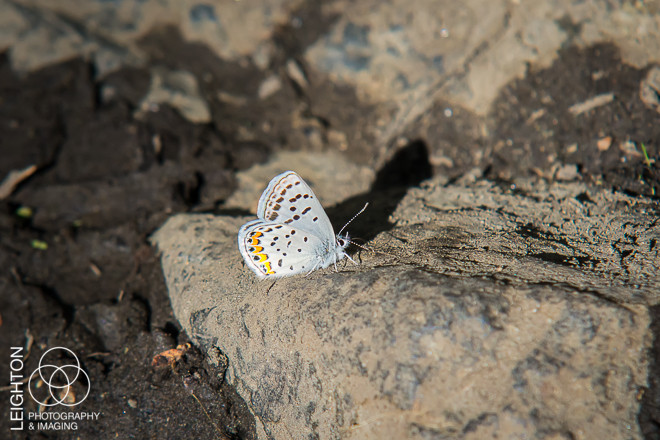

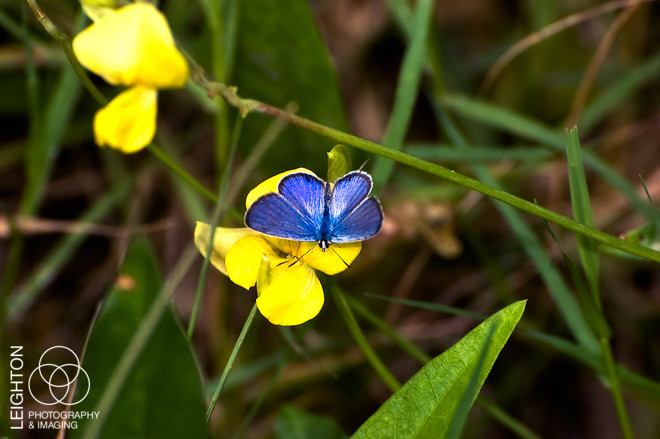
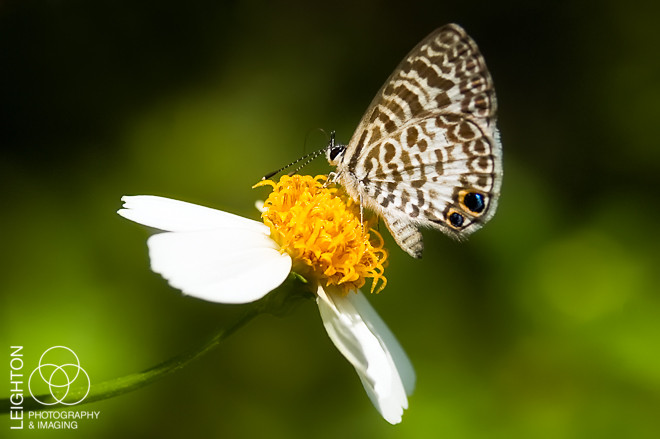


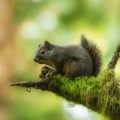


Beautiful Gossamer butterflys.